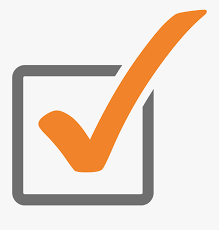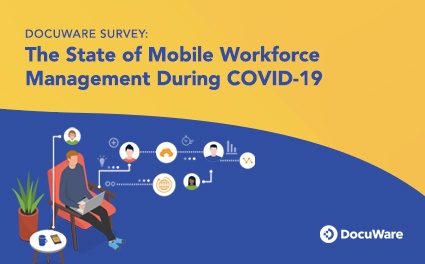Work at the office or work from home (WFH)? Before COVID-19, many of us didn’t have a choice. Millennials, who the U.S. Bureau of Labor Statistics predicts will make up 75% of the workforce by 2030, were already questioning traditional attitudes about remote work. They value flexibility and work/life balance more than their baby boomer and Gen X counterparts do. So, lockdowns that made WFH a necessity only accelerated a growing trend – the desire to control where and when you work.
YPulse, a research organization that focuses on millennials and Gen Z, reports that in April 2020, 87% of millennials surveyed said that flexible work hours and the ability to work from anywhere are important to them. Their research indicates that allowing employees to work from home when they want to, and having systems and structures set up to do so, will continue to be a vital element for attracting next-generation talent.
The changing atmosphere in the modern office supports WFH full time or a hybrid model. Due to the pandemic, companies are rethinking office layouts to prioritize health and safety for employees who come back to the workplace. Employees who return to the office will likely be separated by plastic dividers, and higher cube walls. Restrictions on the number of people who can meet in conference rooms and the number of employees who can be in the office at one time will also limit in-person contact. This is another reason that working remotely, at least part of the time, will be the right choice for many knowledge workers. Digital tools, like document management, offset the effects of social distancing in a reconfigured office and better connect employees who WFH by offering a single shared source of information and an easy-to-use collaborative platform.
Future-ready because of a proactive technology investment
 No more scanning! Better control of email! Digital storage! Keeping pace with a growing business without adding staff! Sounds good, right? These are just some of the benefits that Horizon Underwriting Managers experienced by implementing DocuWare in their insurance, claims settlement, and human resources departments before the pandemic. Horizon is one of the leading insurance companies in South Africa's marine and shipping industry. Twenty-six employees, in Johannesburg, Durban and Cape Town, work on custom solutions for the marine sector.
No more scanning! Better control of email! Digital storage! Keeping pace with a growing business without adding staff! Sounds good, right? These are just some of the benefits that Horizon Underwriting Managers experienced by implementing DocuWare in their insurance, claims settlement, and human resources departments before the pandemic. Horizon is one of the leading insurance companies in South Africa's marine and shipping industry. Twenty-six employees, in Johannesburg, Durban and Cape Town, work on custom solutions for the marine sector.  “Even in the lockdown of the COVID-19 crisis, we were able to continue our business without restrictions. Our employees are able to easily access our digital document pool whilst working from their homes across the country,” he says. “Thanks to faster processing times, we can offer our customers better service. At the same time, we can handle a higher volume of business with the same resources.”
“Even in the lockdown of the COVID-19 crisis, we were able to continue our business without restrictions. Our employees are able to easily access our digital document pool whilst working from their homes across the country,” he says. “Thanks to faster processing times, we can offer our customers better service. At the same time, we can handle a higher volume of business with the same resources.” All gain, no pain with document management

Support a remote workforce with:
- Shared access to a central database that puts information at their fingertips
- Collaborative tools to collectively work on documents while avoiding multiple versions.
- Integration with other business software and ERPs maximize the efficiency of your technology infrastructure
- Automated workflow to route and share documents across multiple departments and systems in seconds.
- Transparency into workflow processes to enable managers to monitor business processes in real time for informed decision making.
- Quicker ramp up for new hires who can tap into common resources and easily jump into participate in workflow tasks -- even when they haven’t had a chance to meet coworkers in person.
- Custom access controls and digital data security to maintain compliance and reduce the likelihood that missing documents will result in fines or lost revenue.
Thanks to the influence of millennials and other economic and societal factors, the widespread move to remote work is here to stay. Document management will help your company meet employee expectations to keep them happy and productive in 2021 and beyond. With DocuWare, you’ll find that some of your team’s best work can happen outside the walls and limitations of a traditional office.
Main image: Photo by Helena Lopes on Unsplash



